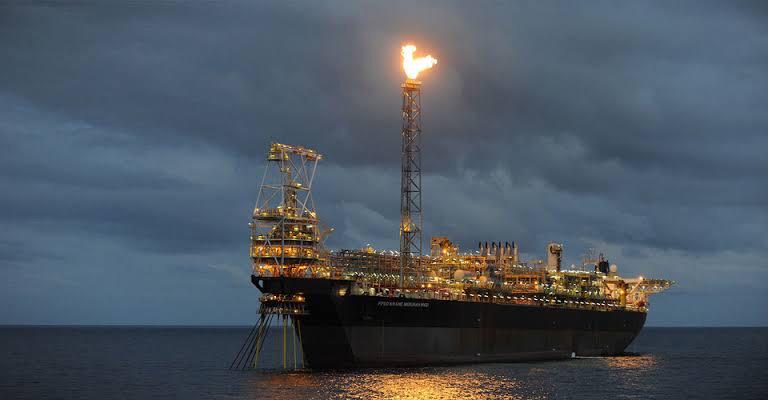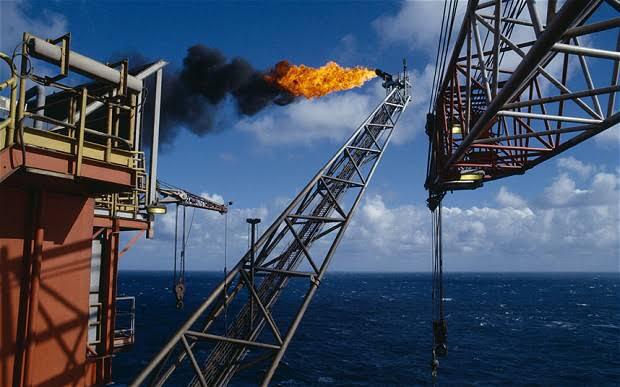Just as Libya’s oil production began to recover, bad weather forced the closure of four (4) oil export terminals in the country’s east, indicating that crude exports will be significantly lower in January than in November, the last month of relatively stable and normal operations at the country’s oilfields and oil ports.
According to Bloomberg, the ports of Es Sider, Ras Lanuf, Zueitina, and Hariga in eastern Libya were all blocked on Saturday and are expected to remain closed until the beginning of next week. The closures are the result of inclement weather and this follows the blockade of many western oilfields as well as the two ports of Zawiya and Mellitah.
Libya declared force majeure on oil exports on December 20 after crude oil production was shut down at four of the country’s oilfields, El Sharara field, El Feel, Wafa, and Hamada. The oilfields were shut by members of the Petroleum Facilities Guard (PFG), which protects the oilfields, according to Libya’s NOC. The PFG reportedly closed a valve on a pipeline going from Sharara to the Zawiya port, and another valve from Wafa to Mellita.
According to Bloomberg data, daily crude oil exports fell by 45% in the first week of January compared to December’s average crude export rates.
Apart from adverse weather and blockades, Libya has recently been hit by the suspension of 200,000 barrels per day of crude oil output owing to pipeline maintenance. Libyan oil production had dropped to 780,000 barrels per day early last week, but it was quickly restored after pipeline repairs were completed ahead of schedule.



